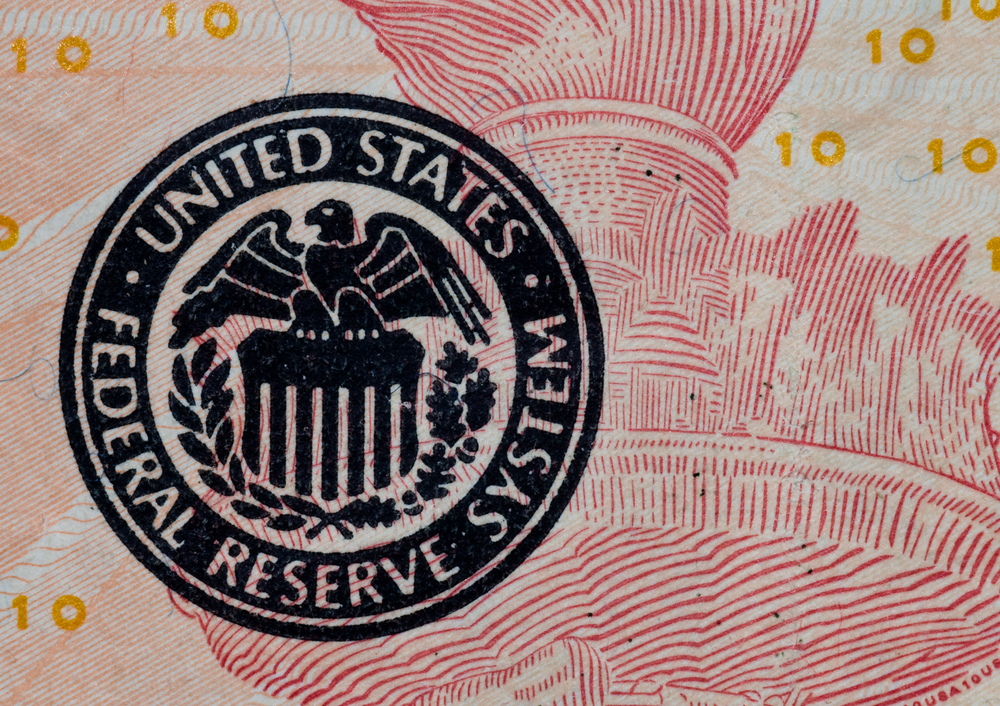Recent Data is Supporting the Federal Reserve’s View on the U.S. Economy

Please note that we are not authorised to provide any investment advice. The content on this page is for information purposes only.
The US dollar began the new week bid in Asia, but surrendered most of those initial gains before the start of the European session. The lack of fresh news has seen the greenback drift higher in Europe, perhaps waiting for fresh direction from North America.
The US dollar began the new week bid in Asia, but surrendered most of those initial gains before the start of the European session. The lack of fresh news has seen the greenback drift higher in Europe, perhaps waiting for fresh direction from North America.
The US reports the June Empire manufacturing survey and May industrial/manufacturing output. The former is expected to continue the recovery after slipping into negative territory in April. The latter is expected to snap five-month contraction. Actually, US industrial output has fallen since last August, with two exceptions, September and November. Manufacturing has fared a bit better. It has not contracted since February, which was the third consecutive month of decline. Industrial output is expected to have risen by 0.2% in May, with manufacturing expected to gain 0.3%.
The recent string of economic data supports the Fed’s claim that the weakness seen earlier this year was mostly due to temporary factors. This underpins expectations for a September rate hike. The monthly Wall Street Journal survey found 72% of economists expect lift-off then. The FOMC meeting this week is expected to recognize 1) the weakness in Q1 by revising this year’s growth forecasts lower, 2) that the economic activity is picking up again, and 3) a rate hike is still likely this year.
Nevertheless, the dollar is not appearing to be drawing much support from this anticipated. While German bunds, another recent driver, have stabilized, the German stock market has not and neither have peripheral bonds. Of note Spanish bond have begun under-performing Italian bonds. We suspect this is a sign of things to come. Because of the recent local and regional elections, anti-austerity forces will have more influence in the run-up to the general election later this year.
It is little wonder that Greece is drawing little sympathy from Spanish officials who are battling anti-austerity forces of their own. Impressive Spanish growth is partly a function of the easing of a fiscal drag. Pressure to resume austerity is likely to increase after the election, but of course, the IMF claims to be politically neutral. Separately, note that Moody’s is set to review its Baa2 sovereign credit rating for Spain at the end of the week. Many expected the positive outlook to translate into a one-notch improvement.
S&P’s warning on UK creditworthiness before the weekend due to the EU referendum has been largely ignored by the market. The yield on the 10-year gilt is drifting lower. At 1.97%, the yield is the lowest since June 1. It peaked in the middle of last week near 2.13%.
The failure of Greek talks over the weekend is weighing on Greek stocks and bonds. The press and politicians keep tarring Syriza with a “radical” label. Radical means not willing to cut pensions or raise the VAT (did you see what a hike in the VAT did to the much stronger Japanese economy last year?). Yet the Wall Street Journal quotes the EC estimating that the gap between the radicals in Athens and the official creditors is about two bln euros of government revenue a year.
Is two billion euros per year really worth senior European and German officials claiming the increased possibility of a Greek exit? Would not a Greek exit cost Europe many times more than this. Consider than a full default would cost Germany and France together about 160 bln euros. It would demonstrate once and for all that EMU is reversible. It would turn any little strain in negotiations with Spain or Portugal, or perhaps down the road, Italy, into an existential crisis.
Germany’s Economics Minister and Vice Chancellor Gabriel (SPD) claims in an op-ed piece today that the “game theorists” in Greece are “gambling their own future and Europe’s too.” If this is true, what to think of the official creditors? Moreover, Gabriel’s swipe at the Greek Finance Minister ignores the fact that the official creditors cut off aid to Greece six months before the Syriza government took office. Varoufakis has been removed from the immediate negotiations, apparently to appease some in the Euro group, but this has not been sufficient to reach an agreement.
Look for the euro to test the lower end of its recent range in North America after the bounce ran out of steam near $1.1260. Initially look for $1.1160-80. Sterling may find support a bit closer (e.g., $1.5460-80). The dollar remains confined to narrower and narrower ranges against the yen. After the big reaction to Kuroda’s comments last Wednesday, the dollar traded within that range on Thursday. On Friday, it traded within Thursday’s range, and today it is trading largely within Friday’s range. The dollar-bloc is trading with a heavier bias. The Aussie bounced off from its early test on $0.7700, but the upside now looks blocked by the $0.7735 area. The US dollar is knocking the three-day ceiling near CAD1.2355. A convincing break could spur an immediate move to CAD1.2400-50.
Dollar Gains Limited despite Greek Talk Failure and FOMC Looming is republished with permission from Marc to Market




